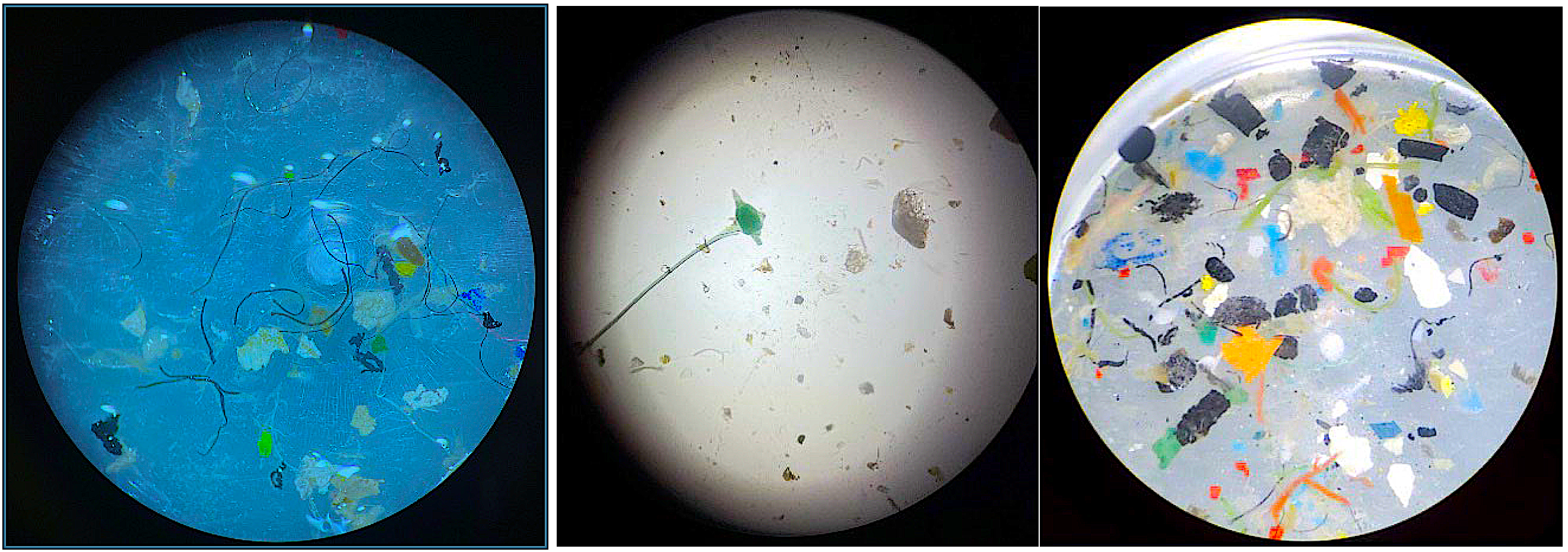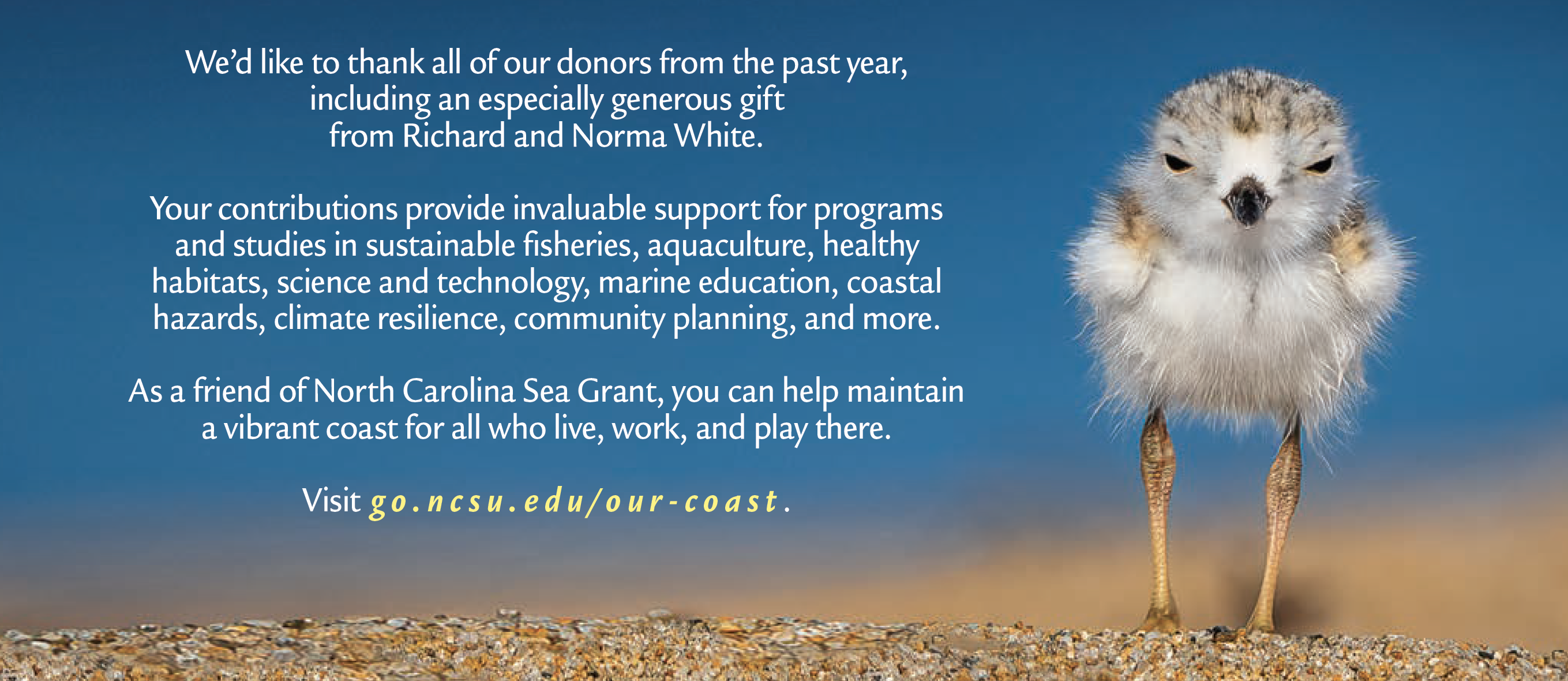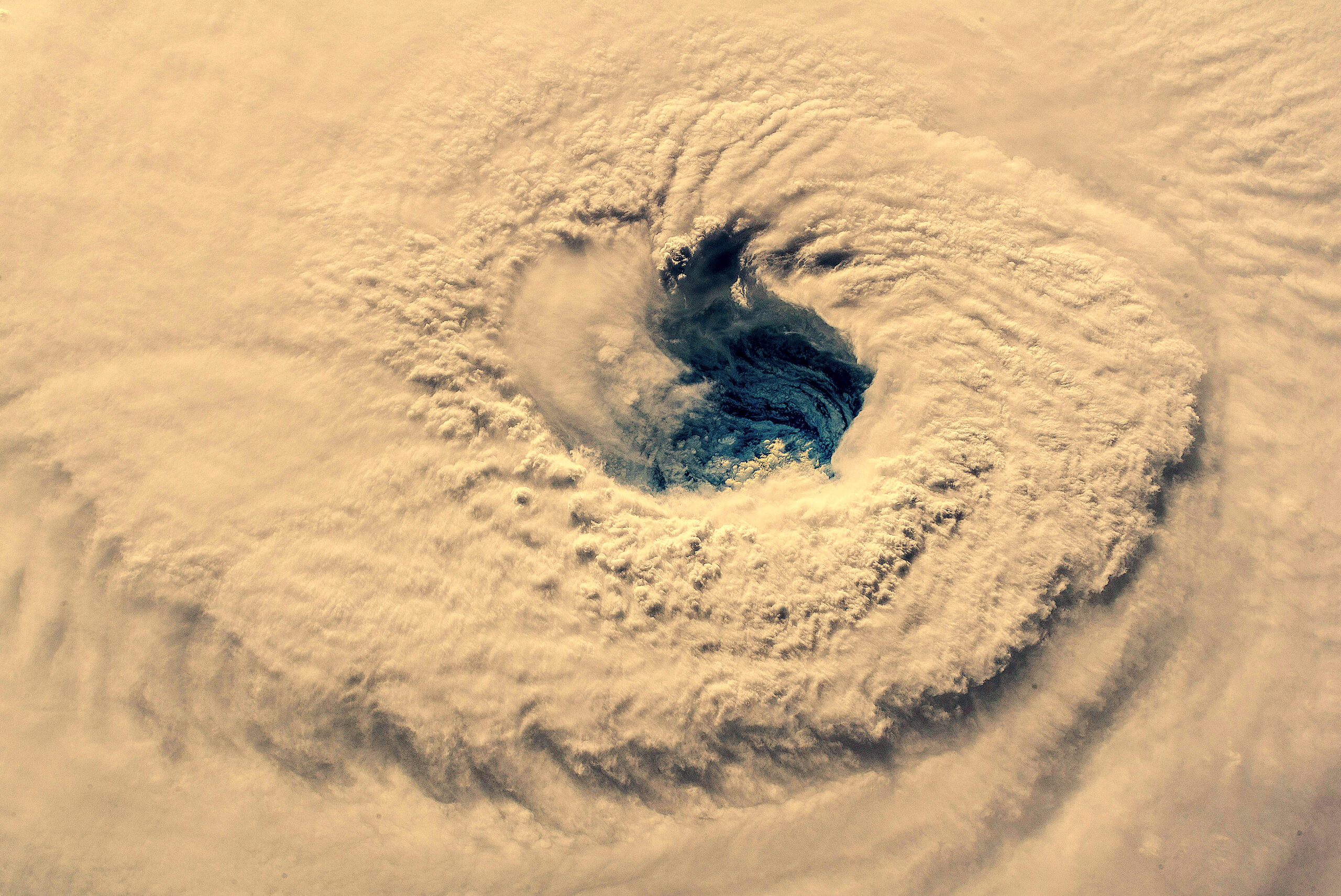Vital Signs: Most of World’s Salt Marshes Likely Will Be Underwater by 2100
Sea Grant is among the funders on a 50-year study of salt marsh ecology that has concluded that more than 90% of the world's salt marshes could succumb to sea level rise by the end of the century.
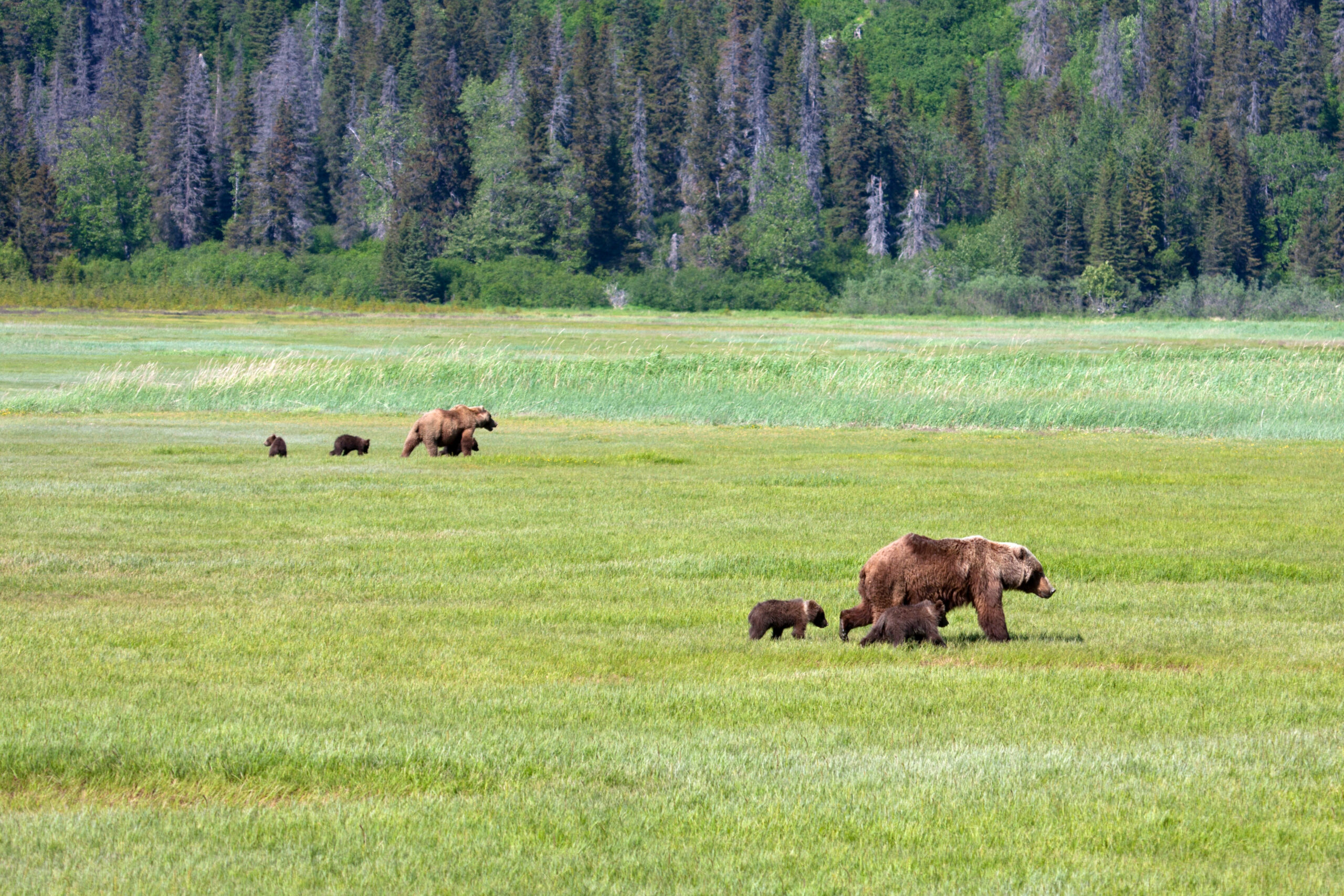
And, according to new research from the Marine Biological Laboratory in Woods Hole, Massachusetts, more than 90 percent of the world’s salt marshes are likely to be underwater by the end of the century.
The findings come from a 50-year study in Great Sippewissett Marsh in Falmouth, Massachusetts. Since 1971, scientists from the Marine Biological Laboratory Ecosystems Center have mapped vegetative cover in experimental plots in this marsh to examine whether increased nitrogen in the environment would impact species of marsh grass. Due to the study’s length, they also were able to detect the effects of climate change on the ecosystem, especially those driven by accelerating sea level rise.
The researchers found that increased nitrogen favored higher levels of vegetation and accretion of the marsh surface, but that no matter what the concentration of nitrogen they applied to the marsh, these ecosystems won’t be able to outpace submergence from global sea level rise.
“Places like Great Sippewissett Marsh will likely become shallow inlets by the turn of the century,” says Ivan Valiela, distinguished scientist at Marine Biological Laboratory and lead author of the study. “More than 90% of the salt marshes of the world will likely be submerged and disappear or be diminished by the end of the century.”
Valiela adds that this is not a prediction from isolated scientists. “Major changes are going to be taking place on the surface of the Earth that will change the nature of coastal environments.”
A CALIBRATED ECOSYSTEM
Salt marshes are gently sloping ecosystems, and their plants have very narrow preferences for the elevations in which they can grow. Different species grow in the upper elevations (high marsh) versus the low elevation closer to the ocean (low marsh) and have different responses to changes in nitrogen supply. When change happens slowly enough, the grasses can migrate to their preferred elevation.
Regardless of how much nitrogen was added to the environment, the research showed that at the current and future forecasted sea level rise, low marsh species will completely replace high marsh species. As sea levels continue to rise, even these species will become submerged.
“At some point, if sea level continues to increase at the rates that we anticipate, there will even be no more room for the low marsh plants,” says Valiela. “They’re just going to be too submerged to survive.”
The only alternative would be for salt marshes to migrate landward.
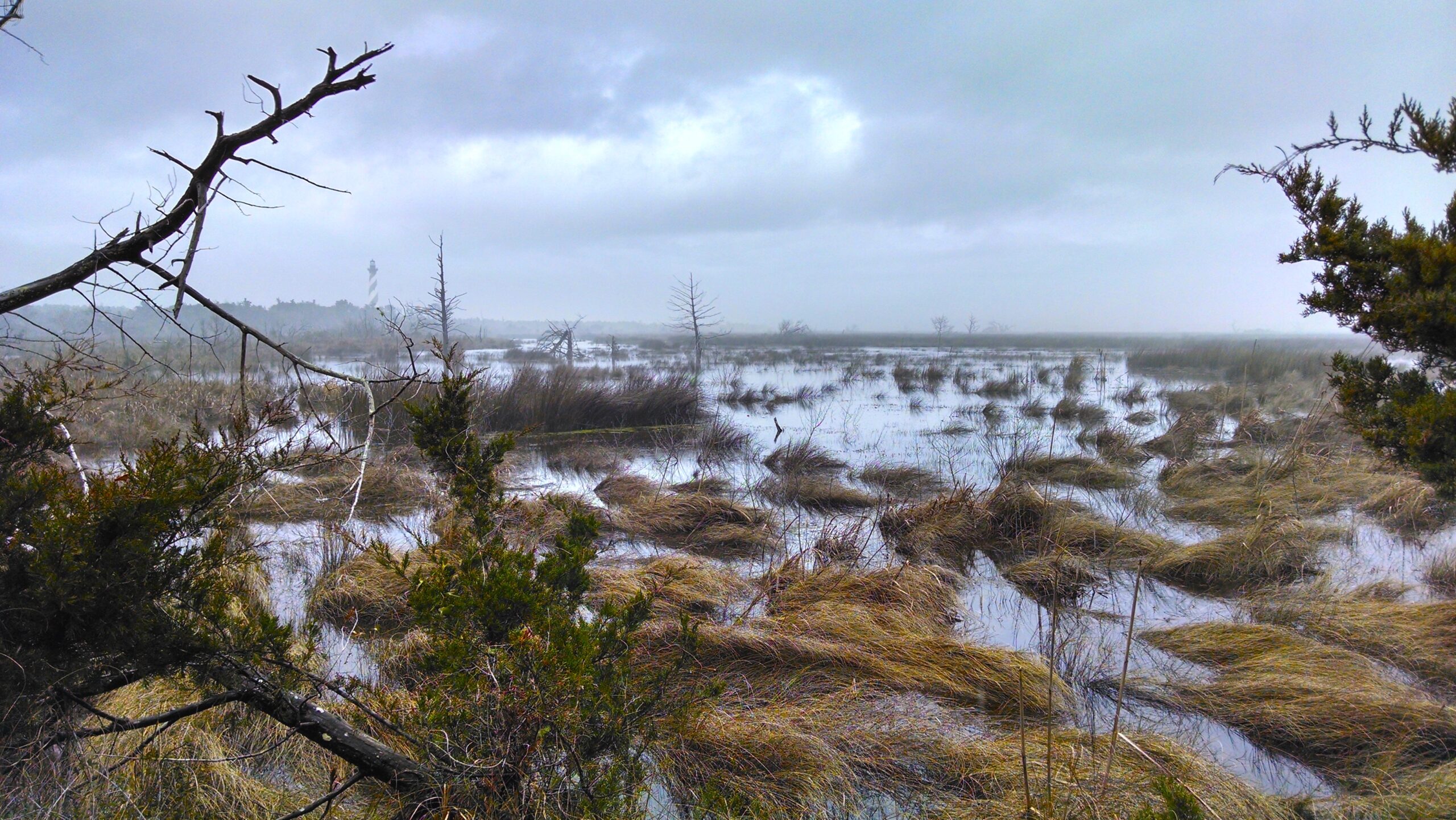
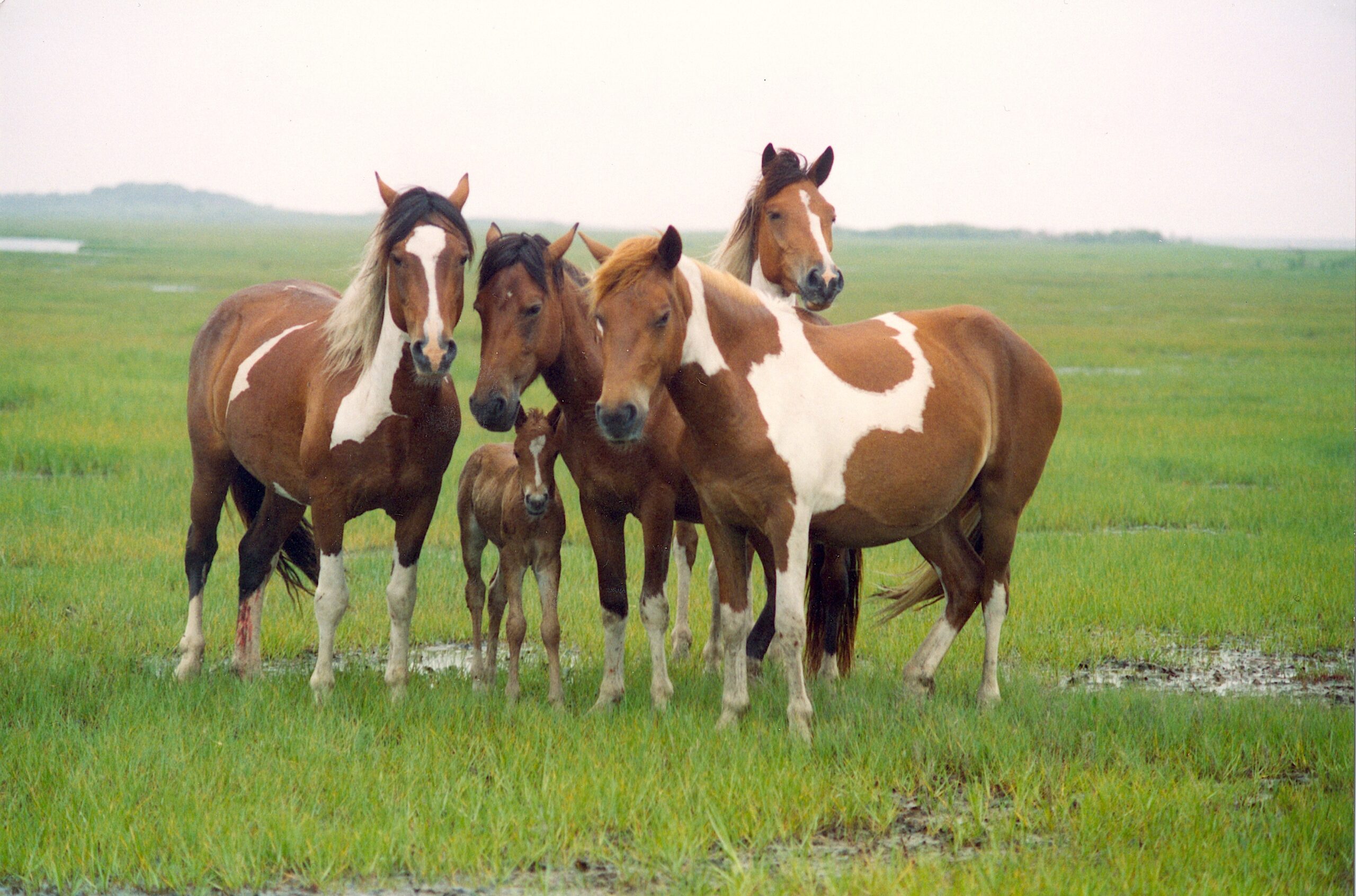
A COASTAL SQUEEZE
Marshes around the world face what Marine Biological Laboratory’s Javier Lloret calls a “coastal squeeze,” where sea level rise pushes from one direction and human development pushes from the other. A seawall that may protect a home from flooding will prevent the migration of a marsh naturally moving to higher ground.
In a sea level rise scenario like the one we’re facing, “the only solution for the plants will be to colonize new areas, to go uphill,” says Lloret. “But that migration may just be impossible in some places.”
Lloret says sea level rise is the most significant threat to salt marshes.
“We really need to figure out what’s going to happen to these ecosystems and learn how to prevent some of the losses from happening or try to adapt to them, so marshes can continue to play these important roles for nature as well as humans,” he says.
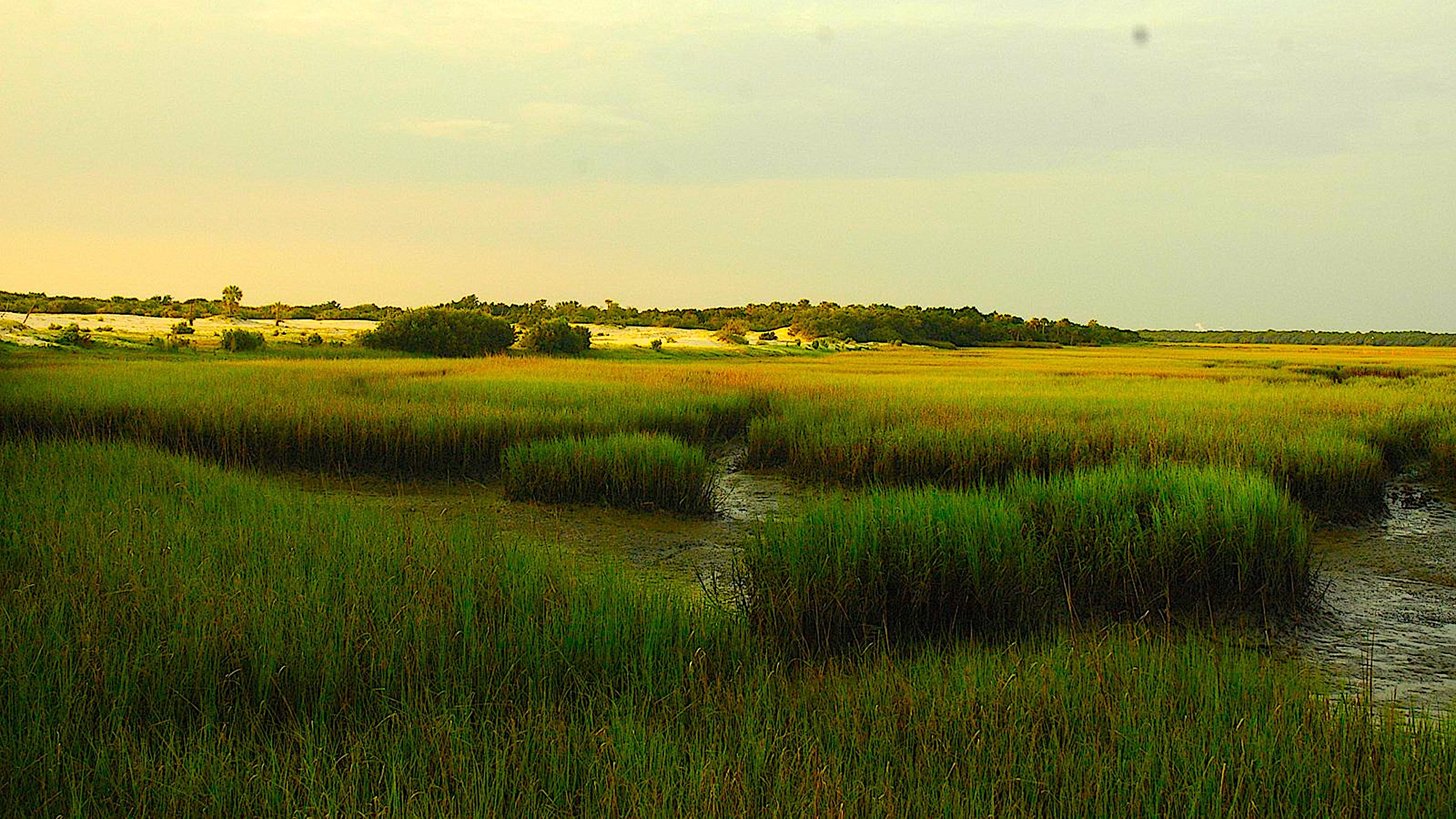
HALF A CENTURY OF SCIENCE
In 1971, the scientists at the Marine Biological Laboratory Ecosystems Center had no idea they would be using their data to study global sea level rise.
“This was an experiment that started looking at one ecological control (nitrogen), and then, because of the longevity of the project, we were able to add new knowledge about this major accelerating agent of global change — global sea level rise,” says Valiela.
That’s the benefit of long-term datasets.
“To study a tree, you look at changes through seasons and you should be able to see its whole cycle. For a leaf, you look at patterns between day and night. In single cells, you look at processes that take place at the timescale of minutes or seconds,” says Lloret. “But for an entire ecosystem, we’re talking many years or decades. You need to be thinking at the scale of decades or even centuries in order to be able to see substantial changes.”
Funders for this study included Sea Grant programs at the Woods Hole Oceanographic Institution and Massachusetts Institute of Technology.
the full study:
“Salt Marsh Vegetation Change During a Half-Century of Experimental Nutrient Addition and Climate-Driven Controls in Great Sippewissett Marsh,” Science of the Total Environment
adapted from a news release from AAAS.
EMILY GREENHALGH is an award-winning marine biologist-turned-science communicator at the Marine Biological Laboratory.
- Categories:
